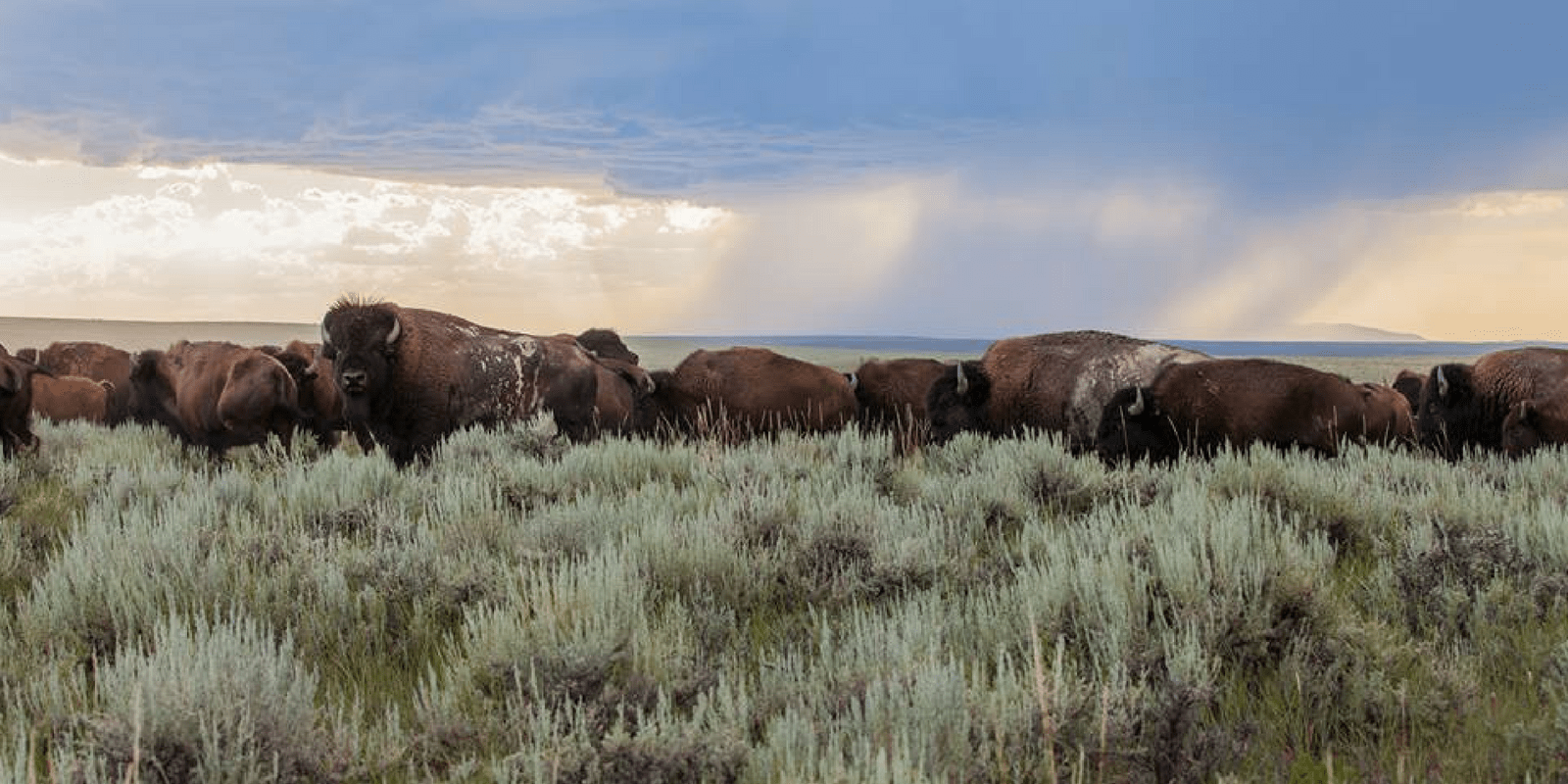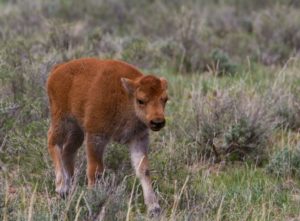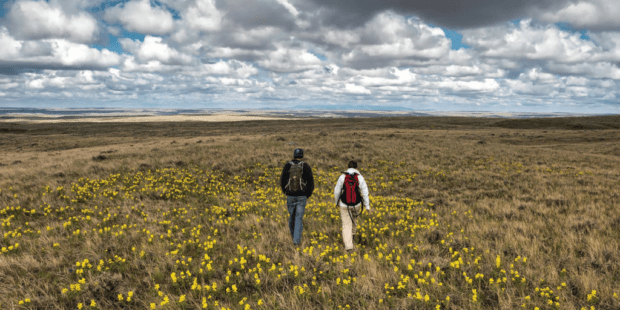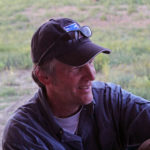We have much more to do and your continued support is needed now more than ever.
Giving Bison More Room to Roam on the American Prairie

The American Prairie Reserve is working hard to build the largest nature reserve in the continental United States—and is currently proposing to restore wild bison on 250,000 acres of wild public lands in Northcentral Montana.
No matter how you slice it, the public benefits of bison restoration are compelling! Learn more with our Top 5 list below. Then please help make the case in support of the proposal to the Bureau of Land Management by submitting a public comment before June 11th.
Top 5 Reasons Bison need more Room to Roam on the American Prairie
Reason #1: Restores wildlife and habitat
The science is sound. Bringing back bison on the mixed-grass prairie offers an evolutionarily tested strategy to help restore and maintain the health of the land and improve habitat diversity for native plants and wildlife. What else would we expect from the animal that co-evolved and was a keystone species on the American prairie for thousands of years? Our proposal seeks to reestablish a semblance of bison’s natural grazing regimes by replacing rotational grazing used for cattle with year-round continual grazing of bison for the benefit of public lands.
There is nothing wrong with rotational grazing, it’s a strategy that cattle managers have used to create healthy grazing patterns. However, bison don’t require this particular grazing strategy to maintain land health because they cover much more ground and forage at far greater distances from water than cattle do. Other land managers across the country have put this science into practice and here at APR our early results demonstrate it’s working but can work better with more room to roam.
Reason #2: Restores the National Mammal

Beyond Yellowstone Park, large populations of bison are largely missing across the US. Lands where bison roam are too small and ecologically incomplete for bison to play their full evolutionary role. That fragmentation and incompleteness is why scientists have called the plains bison, ‘ecologically extinct.’
To change that, the American Prairie Reserve has been working to build a robust and resilient herd of exceptional conservation contribution. We are solidly on our way to success but need more space to make it happen.
Our herd, has grown to a point where it can be used to establish and enhance the ecological and genetic health of other federal, state, and tribal herds around the country. There are few similar source herds for others to draw from.
To date, we have already contributed to bison restoration by donating animals to federal and state agencies in Nebraska, Colorado, and Arizona. We have also worked with the InterTribal Buffalo Council (ITBC) toward bison restoration efforts on Tribal lands in the West. Last January, we donated 30 bison each to Fort Belknap, Fort Peck, and the Blackfeet Indian Reservations in Montana and 25 bison to Pe’Sla in South Dakota.
The more we are able to grow our bison herd, the closer we will be able to work with managers of other conservation herds in North American and contribute toward the restoration of the national mammal.
#3: Enhances Public Lands
Public lands are for the public and we think our proposal will increase the multiple use of these lands and enhance them for more Americans. The public is clearly fascinated by bison. Almost half of all visitors to Yellowstone National Parks say bison viewing is one of their primary reasons they visit. We think a strong conservation herd of bison can be a significant draw for tourists, hunters, educators, students, artists and others on the American Prairie too.

It’s why American Prairie Reserve is busy building a more robust outdoor recreation infrastructure to support and encourage more year-round visitation and help connect the public to their public lands. That includes a new National Discovery Center in Lewistown, public campgrounds, welcome centers, and a new affordable hut system to allow visitors to traverse 200 miles of the project area on foot, bicycle, canoe, and horseback.
#4: Diversifies the economy
Agriculture is the dominant industry in Northcentral Montana where the American Prairie Reserve project area resides and will continue to remain that way.
However, in other parts of the West the rise of the outdoor recreation and conservation economies are helping diversify traditional economies and creating more economic opportunities for more people. We think the American Prairie Reserve can fuel the rise of more outdoor recreation in our neighborhood too. More visitation and outdoor recreation in the area will result in an influx of revenue for motels, restaurants, caterers, sporting good stores, gas stations, and outfitters. In addition, the direct economic footprint of the Reserve is substantial and continues to grow. To date, we have contributed over $36 million to the local area economy.
#5: Enhances migration corridors
Scientists have been talking about the importance of migration corridors and ecologically connecting landscape for decades. That’s why it was valuable to see the U.S. Department of Interior recently prioritize their importance by issuing Secretary Order #3362, ‘Improving Habitat Quality in Western Big-Game Winter Range and Migration Corridors.’

This matches what American Prairie Reserve is already working to do. Our proposal would remove over 250 miles of interior fences on public lands and upgrade an additional 250 miles of perimeter fences to meet wildlife-friendly standards. All that work is a net-benefit for pronghorn, bighorn sheep, mule deer and elk. No matter how you slice it, American Prairie Reserve is a great opportunity for the Department of Interior to partner with a landowner to enhance wildlife migration and habitat on Federal lands.
 About the Author
About the Author
Kyran Kunkel is the Director of Wildlife Restoration and Science at the American Prairie Reserve. Find out more about the American Prairie Reserve and the bison grazing proposal here.





















